Liverpool’s club crest is identifiable around the world but it has taken on more than one iteration since the club’s inception in 1892, and it has changed drastically.
In present day, Liverpool are best recognised by the Liverbird and the crest that includes the Shankly Gates, ‘You’ll Never Alone’ and the eternal flames.
One is worn on the kit and the other on all official merchandise, but they are the latest in a series of different looks for the club dating back to 1892.
Here, we look back at the history of the Reds’ club crest.
The coat of arms – 1892
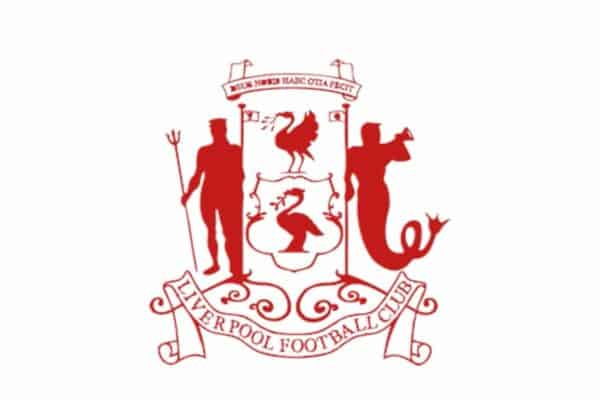
The very first club crest was the city of Liverpool’s coat of arms, depicting the Liverbird and Neptune, the Roman god of freshwater and the sea, and Triton, the Greek god and messenger of the sea.
It also includes the Latin phrase, Deus Nobis Haec Otia Fecit, the motto of Liverpool, and commonly translated means, ‘God hath granted us this ease’.
The club had wished to continue using the city’s coat of arms but was turned down and thus a change was required.
Familiar for wrong reason – Late 1940s
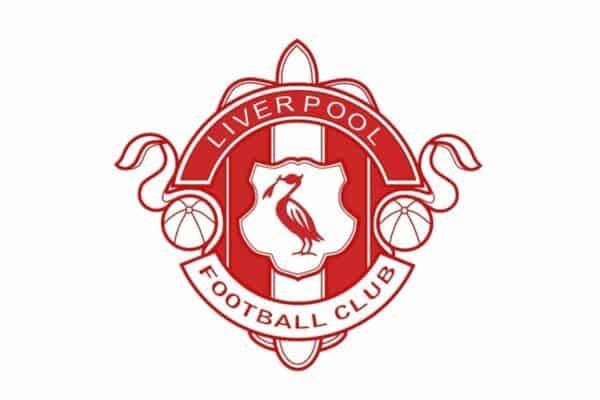
If you’re familiar with a certain team down East Lancs Road, this one looks all too familiar – it was an alternative crest that was used by Liverpool on merchandise, matchday programmes and official documents.
It was in use throughout the late 1940s and was last seen on the cover of the 1981 European Cup final programme.
The Liverbird – 1950

Here, we have the first crest that was ever worn on a Liverpool matchday kit, a lone Liverbird in a shield.
Its maiden outing was in the 1950 FA Cup final defeat to Arsenal – and from here on out, the design kept the Liverbird at heart but became slightly more elaborate as the years passed by.
L.F.C – 1955
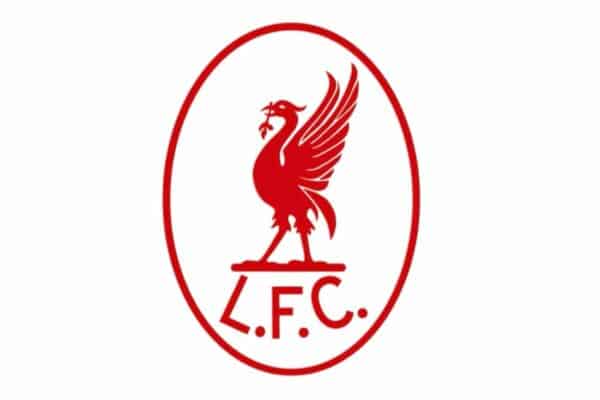
In 1955, L.F.C was added to the crest and featured on the home shirt for the first time in an oval shape, which was abandoned in 1968 in favour of just the Liverbird and L.F.C.
Not too dissimilar from what we see now on the current kits.
This badge was also produced with yellow stitching in the mid-1970s to mid-1980s.
Shield introduced – 1987
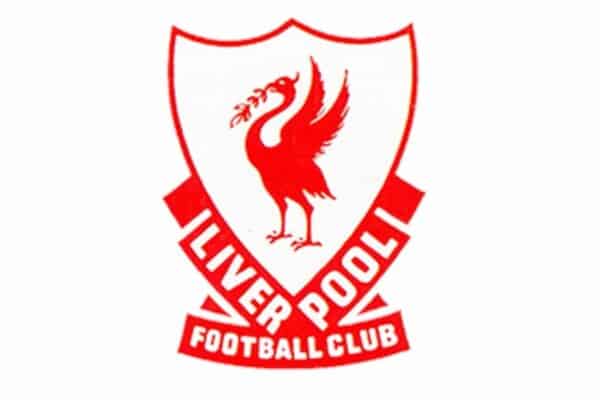
From the 1987/88 season, the crest took on more of a shield shape, which remains true to this day.
This design had existed before it graced a Liverpool kit – with the Liverbird taking on different forms – and remained the Reds’ crest until 1992.
Synonymous with Crown Paints, Candy and Adidas – an incredible era of kits.
100th anniversary – 1992
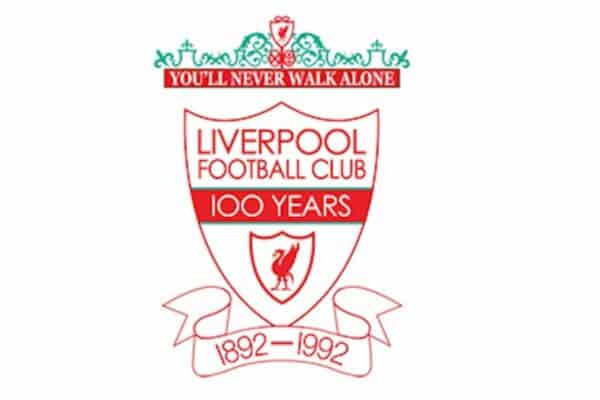
As part of the club’s 100th-anniversary celebrations in 1992, a special crest was commissioned and subsequently used throughout the 1992/93 campaign.
This is the first time ‘You’ll Never Walk Alone’ was used alongside the Shankly Gates, a fundamental design choice that has since stood the test of time.
Eternal flames added – 1999
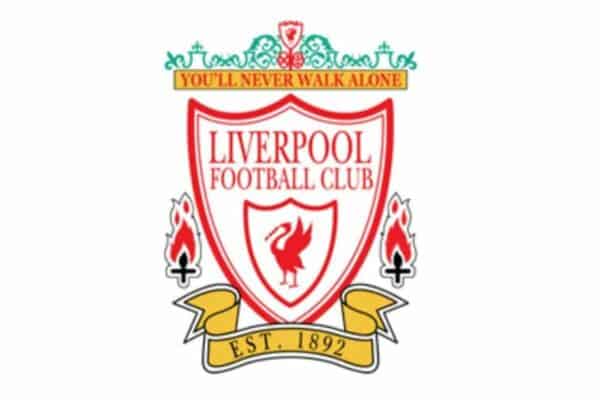
In 1993, the club adapted their commemorative crest and made it permanent with the addition of the eternal flames, in memory of the victims of the Hillsborough disaster.
And instead of being predominantly red, white and green, yellow was added to the design and used until 1999 – when it was then modernised.
This crest took on different forms when used on matchday kits, including being bordered by a bigger shield and an oval.
2002 – Present
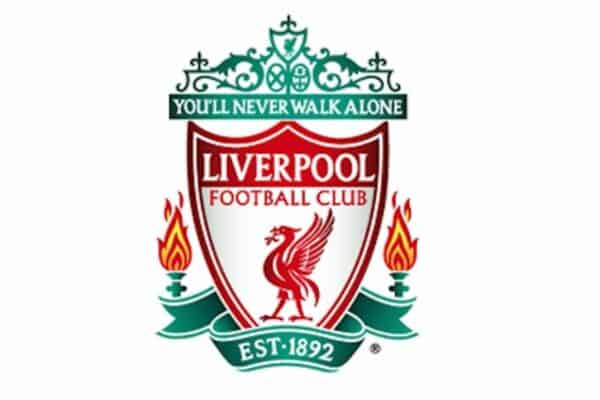
The iteration we see at Anfield, club merchandise and formerly on kits was introduced in 1999, a result of gradual evolution.
It was first used on kits in this colour grade – red, white and green – in 2002/03 and remained until 2011/12, a time when Standard Chartered replaced Carlsberg as the shirt sponsor.
Back to L.F.C – 2012 – Present
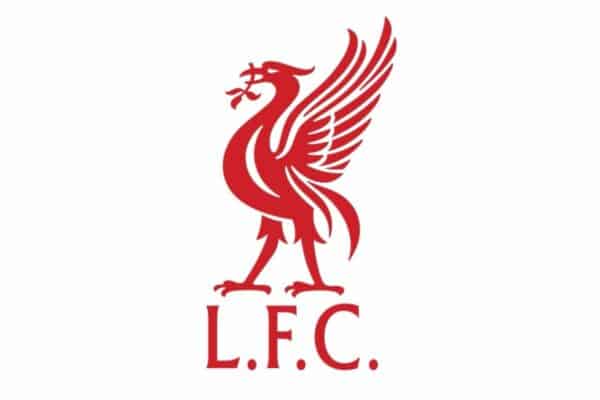
While not the main club crest, when it comes to kits this has been in place since 2012/13 and is an ode to Liverpool’s formative years, having been first used in 1968.
Simple and effective, although the Liverbird has certainly evolved since its first iteration!
This was one introduced for trademark reasons and looks set to remain the one used on kits for the foreseeable future.
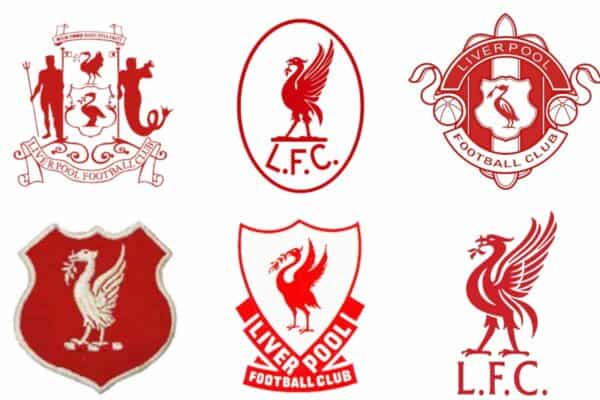




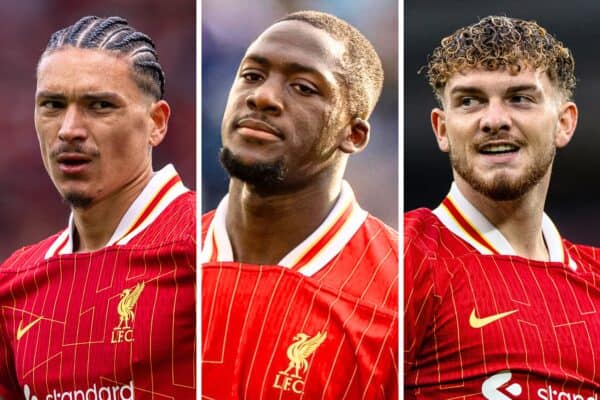



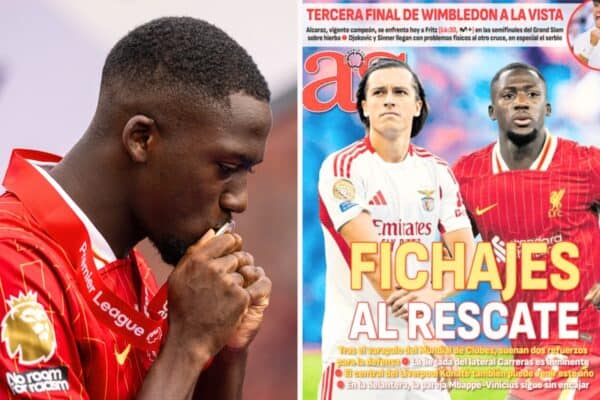
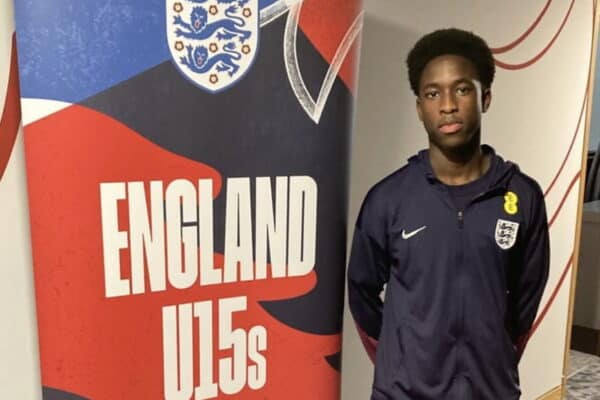


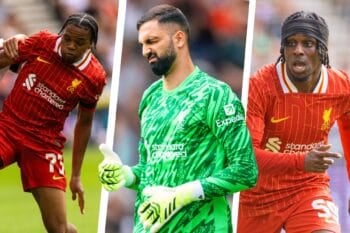
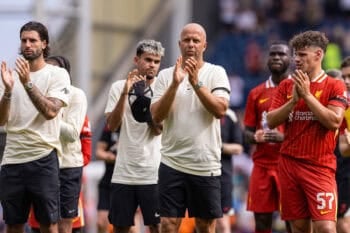



Fan Comments